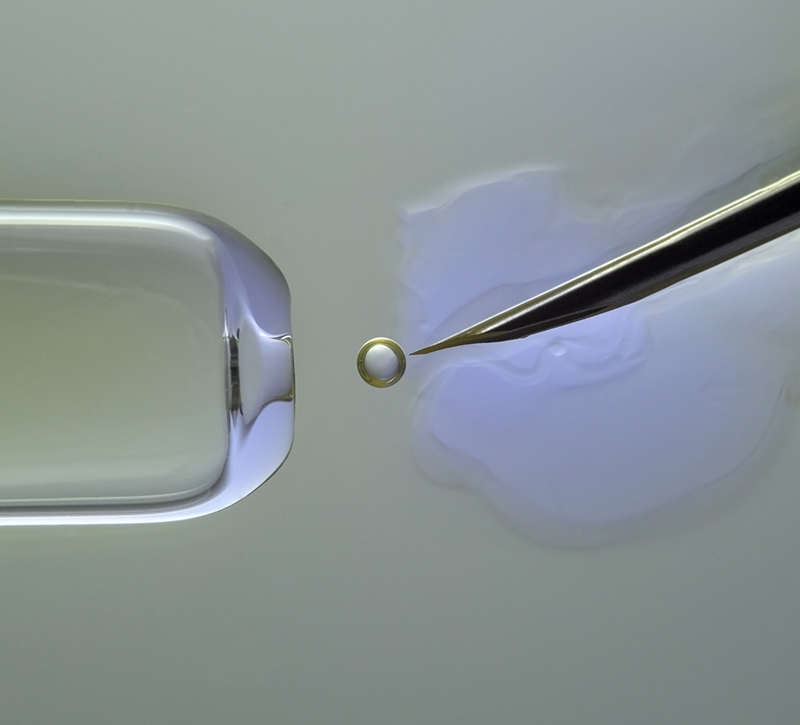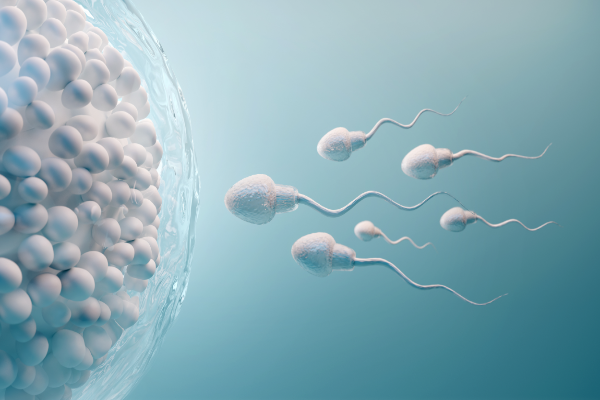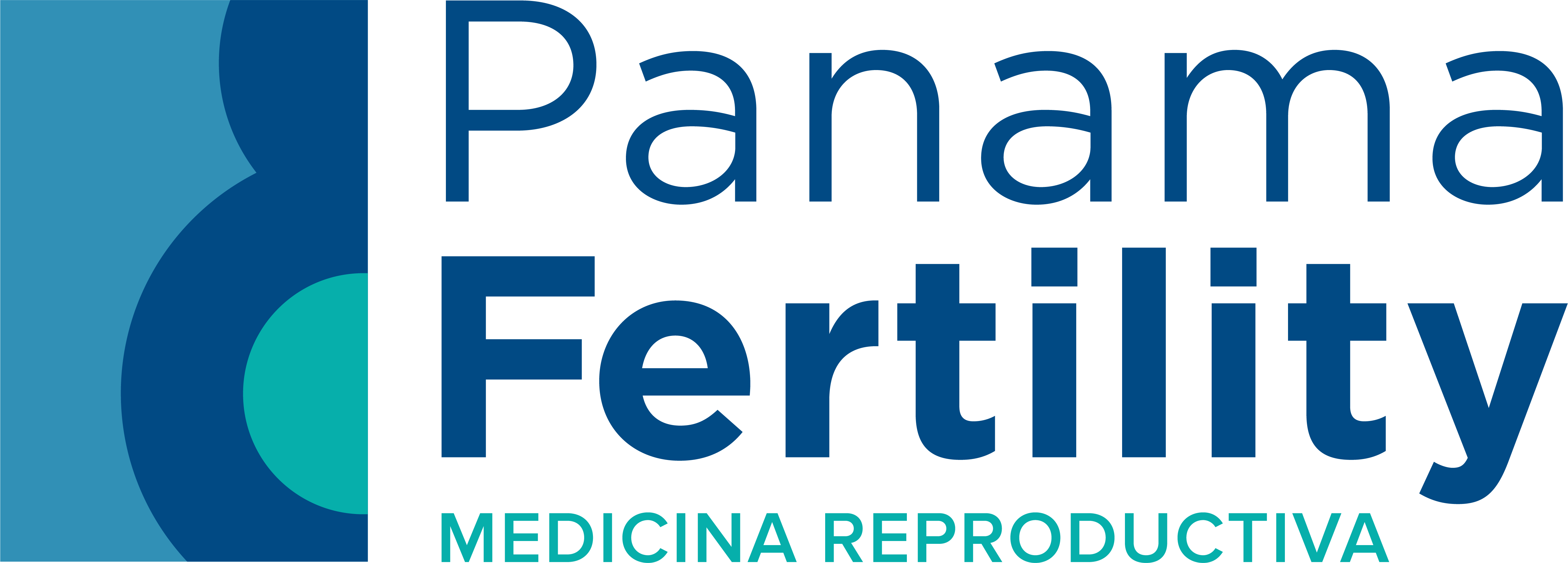Reciprocal IVF
Reciprocal IVF is a variation of in vitro fertilization (IVF) that is becoming more and more common among couples who wish to share motherhood. Here we explain a little more about the process.
What is Reciprocal IVF?
Reciprocal IVF is a fertility treatment designed for female couples in which both women wish to be part of the gestation of a baby.
This method is a variation of in vitro fertilization (IVF) in which we implant the fertilized egg of one of the women in the uterus of her partner. It is also known as the “Partner’s Oocyte Reception,” or ROPA method.
Along with Artificial Insemination and In Vitro Fertilization, Reciprocal IVF has become one of the leading alternatives for female couples who wish to share childbearing.
In consultation with your fertility coordinator and fertility specialist at Panama Fertility, we will ask you to undergo tests to evaluate and diagnose any ovulation problems in order to assess your case on an individual basis.
This method is a variation of in vitro fertilization (IVF) in which we implant the fertilized egg of one of the women in the uterus of her partner. It is also known as the “Partner’s Oocyte Reception,” or ROPA method.
Along with Artificial Insemination and In Vitro Fertilization, Reciprocal IVF has become one of the leading alternatives for female couples who wish to share childbearing.
In consultation with your fertility coordinator and fertility specialist at Panama Fertility, we will ask you to undergo tests to evaluate and diagnose any ovulation problems in order to assess your case on an individual basis.
Phases of Reciprocal IVF
The steps to perform reciprocal IVF or co IVF are similar to those of traditional IVF. However, they involve both women in different stages and procedures to achieve pregnancy.
1 - Ovarian Stimulation
This step is the same as traditional IVF. During ovarian stimulation, the patient who will donate the eggs receives a series of hormones that stimulate the production of follicles to increase the number of oocytes to be collected.
2 - Egg Retrieval
Once the follicles have developed and there are enough matured eggs, we program the retrieval, which is the surgical removal of the eggs.


3 - Fertilization and Embryo Development
During this phase, we proceed to fertilize the eggs with donor sperm. Next, we monitor the embryos in the lab to prepare them for future implantation.
4 - Preparing the mother-to-be
Parallel to the process, we prepare the mother who will carry the pregnancy by providing a hormonal treatment that ensures the proper thickening of the endometrium for pregnancy.


5 - Embryo transfer
The last step in reciprocal IVF is implanting embryos in the uterus of the recipient mother.
Your dream of becoming a mother, closer than ever
At Panama Fertility, we’re proud to have the highest success rates in the region thanks to our cutting-edge technology and qualified doctors. Our team is prepared to help you achieve your dream of becoming a mother.
Our staff includes financial advisors, affordable plans, money-back guarantees, and multicycle programs to help you prepare for motherhood without surprise expenses.
Our staff includes financial advisors, affordable plans, money-back guarantees, and multicycle programs to help you prepare for motherhood without surprise expenses.
